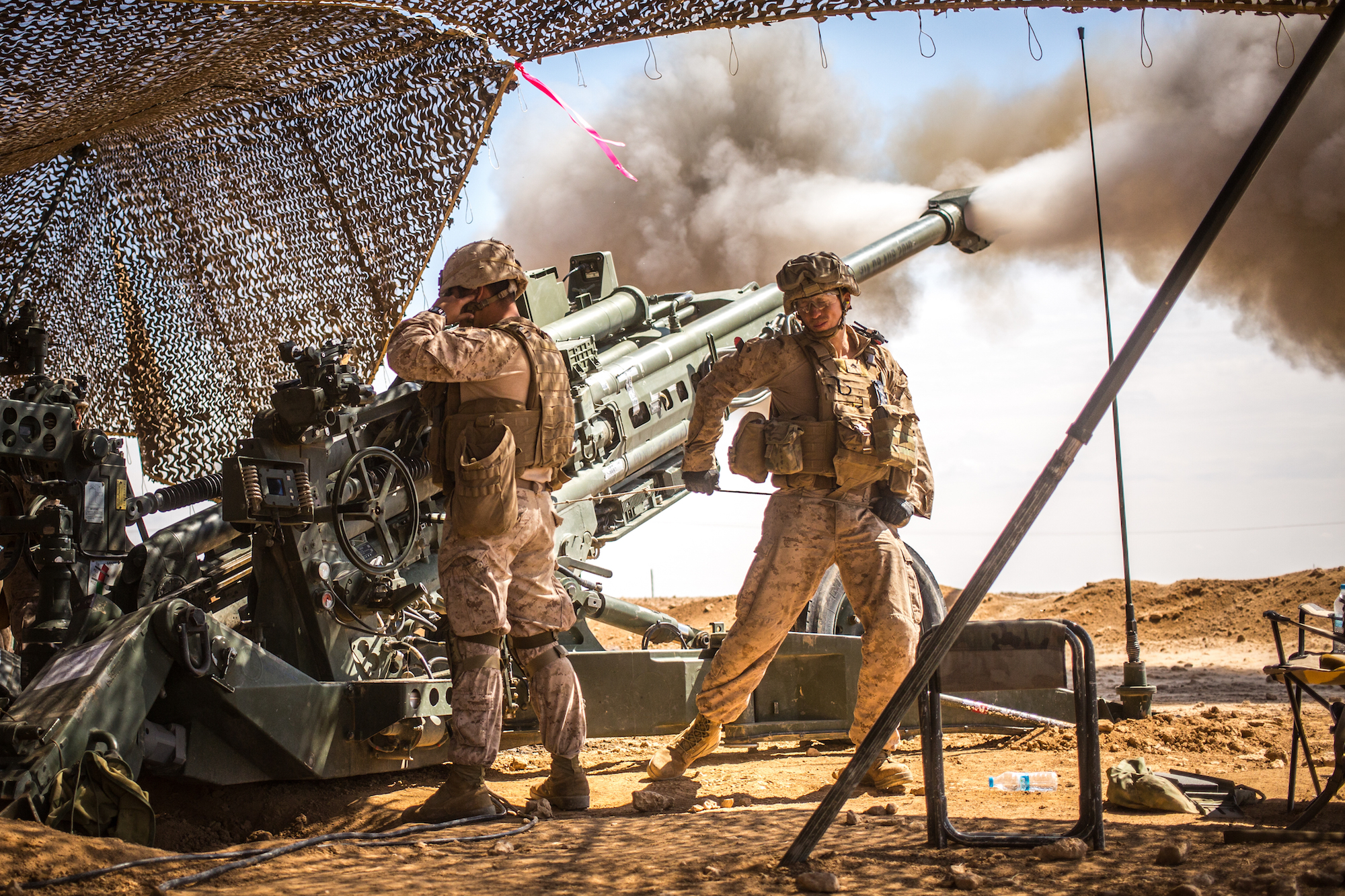
Budget Analysis Shows DoD Spending Doesn’t Line Up With Focus On High-End Fight
The National Defense Strategy says the Pentagon should focus on countering and deterring China and Russia, but the department’s $738-billion…
Copyright 2024 U.S. Naval Institute. All Rights Reserved.